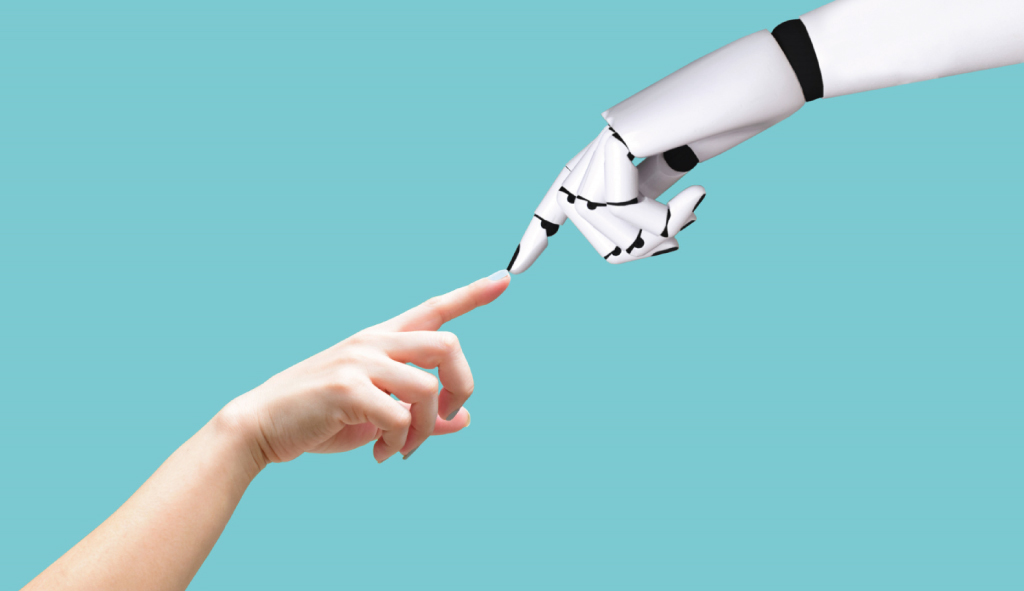In a world where linguistic diversity is the norm, and as our digital society continues to evolve and expand, it is paramount that tools like ChatGPT (which we talked about in a previous blog post) embrace diversity and inclusivity to create a more meaningful and impactful online experience. In this blog post, we will explore the significance of linguistic diversity and the challenges and opportunities that come with incorporating language diversity into AI tools like ChatGPT.
Understanding Language Diversity

Language diversity refers to the rich and varied ways in which people communicate across different linguistic backgrounds, dialects, and accents. It encompasses the vast array of languages spoken worldwide, from the world’s biggest languages like English and Mandarin to smaller languages spoken by just a few thousand people.
Moreover, language diversity also includes cultural nuances and idioms that reflect the unique values, beliefs, and practices of speech communities. For instance, in some cultures, direct communication and assertiveness are highly valued, while in others, indirect and polite speech is preferred.
Recognizing and respecting language diversity is crucial in the development of AI tools that aim to communicate with people from different linguistic and cultural backgrounds. Failure to account for linguistic and cultural differences can result in AI algorithms that are biased, insensitive, or even offensive.
Moreover, AI developers must strive to incorporate different dialects, accents, and cultural nuances in their models to ensure that their algorithms can correctly interpret and produce responses that don’t sound robotic or too unoriginal. This requires a deep understanding of different linguistic and cultural practices and the ability to adapt language models to meet the needs of diverse populations.
Challenges and Opportunities
The development of AI models like ChatGPT has the potential to revolutionize how we communicate, but incorporating language diversity presents many challenges. One of the most significant challenges is data bias. Language models learn from vast amounts of data, and if that data is biased, the AI model can perpetuate that bias. This can result in inaccurate or offensive language generation, which can be harmful to individuals and communities.
Developing AI models for less commonly spoken languages or dialects is also challenging due to limited resources (like data sets, language experts, and research). There may not be enough data available to train language models accurately, and linguistic features unique to a particular language or dialect may be difficult to incorporate seamlessly. This can result in language models that are inaccurate or incomplete, which can limit their usefulness.
Furthermore, the accuracy and quality of language generation can be impacted by variations in grammar, syntax, and vocabulary. Languages can vary greatly in these areas, making it challenging to develop AI models that can accurately generate language across different languages and cultures. This can result in language models that are not effective in communicating with a diverse range of people as their outputs are too standard. If you ask a chatbot to produce a summary of a text, it typically won’t incorporate the linguistic uniqueness of the community the content will be used in. While it can produce text in the language needed, the richness of the language is lost because it can’t reproduce it (it was not trained on that).

Cultural sensitivity is another significant challenge when incorporating language diversity into AI tools like ChatGPT. AI models may generate language that is culturally insensitive or offensive due to a lack of understanding of cultural nuances, customs, and beliefs. This can result in language models that are discriminatory or cause harm to individuals or communities.
Finally, incorporating multiple languages and dialects into AI tools like ChatGPT can be complex and require significant resources and expertise. AI models that can generate language across multiple languages and cultures must be carefully designed to ensure accuracy and avoid cultural bias. This requires a deep understanding of linguistic and cultural differences and a commitment to diversity and inclusion.
In light of these challenges, it’s also important to look at the potential benefits of incorporating language diversity into AI tools like ChatGPT. Incorporating language diversity into AI models is a critical step toward achieving more accurate, relevant, and culturally sensitive chatbots. AI models that incorporate diverse languages have the opportunity to exhibit better performance when it comes to sentiment analysis, converse fluently, and more effectively handle the diversity of expressions and tones of emotions specific to multilingual users. In addition, language diversity is beneficial when it comes to reducing machine bias and implementing more ethical AI.
The Takeaway
For people designing and developing these tools, it’s important to prioritize linguistic diversity and not leave behind other languages and dialects, so that the richness of language is not lost. For users worldwide, it’s important to understand how these tools work, identify their weaknesses, and use them responsibly. There’s nothing wrong with making use of their perks, but the human intellect and unique touch will never be replaced.









